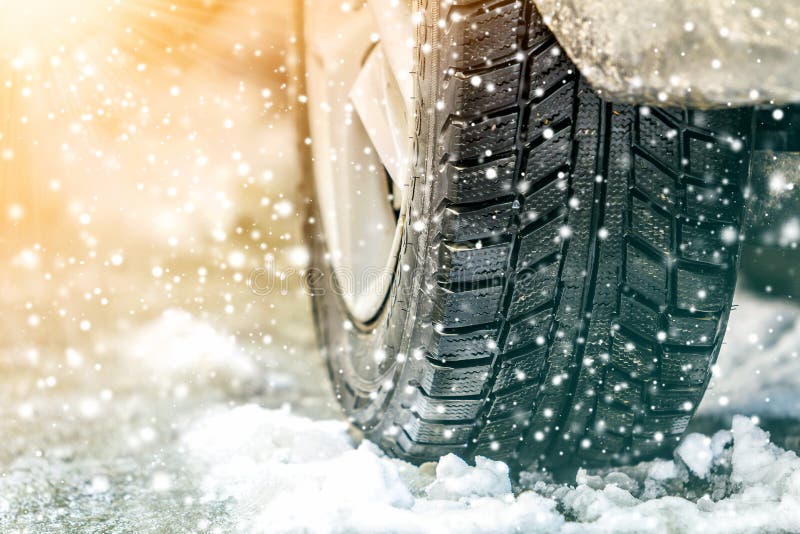In recent weeks, we have begun to face the challenges of cold weather – ice, snowdrifts, heavy snowfall – in short, winter is here. How can you best prepare for winter driving? We bring you a few tips for safe driving during the winter months.
- At the beginning of winter, make sure your vehicle is in good technical condition, or have it checked at a service station. Quality winter tires with a deep tread are a must. Always carry practical equipment for emergencies, such as a snow shovel, a bag of sand, jumper cables, snow chains, as well as enough drinks, emergency non-perishable food, and a blanket. Don’t forget to have enough fuel in the tank.
- Maintain good visibility. Your car should be clean, all snow removed, ice scraped off, and that goes for the entire surface of the vehicle. Don’t forget about frozen lights and snow-covered license plates. Adjust the driver’s seat properly – when you press the pedal to the max, your knees should not be fully extended. Before each drive, check the functionality of the headlights.
- Know your car and learn to recognize the risks of different surfaces – for example, slush behaves similarly to water, freshly fallen snow has more grip than packed snow, and ice-covered snow logically behaves like ice. You must always be aware that the car behaves differently and has different traction than on a dry road. Therefore, much more caution and foresight is needed.
- Remember the main principles of snow driving using the engine: When starting on a slippery surface, the wheels may spin. Try starting in second gear and slowly releasing the clutch while gently adding gas. Drive smoothly in a higher gear uphill, you need speed and momentum, and if possible, do not stop on the hill. On narrow roads, the priority is for those going uphill. Respect that. If you stop, you probably won’t be able to start again without all-wheel drive, leaving no option but to reverse down to a flat area and try again. Or use snow chains. Conversely, when driving downhill in snowy terrain, choose the lowest gear and brake with the engine.
- Slow down before a turn and shift to a low gear, then carefully turn. This minimizes the risk of skidding. If there are tracks in the snow, stay in them, as skidding is also a risk when crossing them.
- Invest in your own experience – sign up for a skid school or a specialized safe driving course and practice driving in dangerous terrain under safe conditions. Or at least try out your car’s behavior on an empty snow-covered area, like a parking lot.
- Get into the car rested, focus fully on driving, and anticipate not only the characteristics of the surface but also other drivers, who are often less experienced than you.

